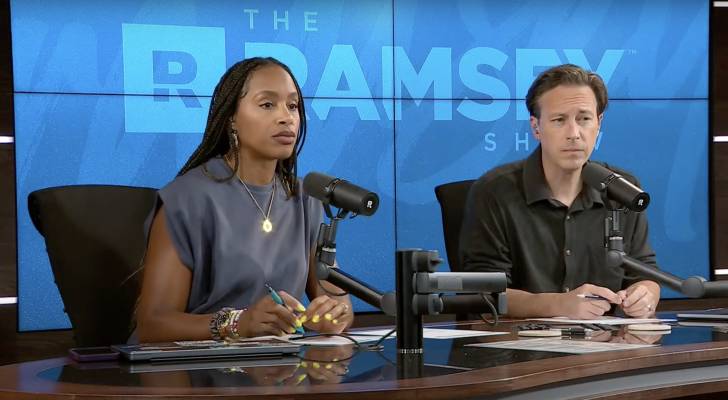My mom passed away and I was shocked to learn she left me 10 times as much money as I expected in her will. It’s a nice problem to have, but I’m a little lost on how to handle all this cash
We adhere to strict standards of editorial integrity to help you make decisions with confidence. Some or all links contained within this article are paid links. In the next 20 years, Americans will inherit an estimated $72 trillion as boomers pass down their accumulated wealth to younger generations in a phenomenon dubbed the Great Wealth […]
‘It gave me a big advantage’: Warren Buffett and Bill Gates were asked to give the secret to their success in 1 word. They both gave the exact same answer


We adhere to strict standards of editorial integrity to help you make decisions with confidence. Some or all links contained within this article are paid links. World-renowned billionaires Warren Buffett and Bill Gates were once asked about their secret to success. The one word answer they both gave? Focus. For Buffett and Gates, that focus […]
I’m 52, my portfolio just hit $2,000,000, and I want to spend $150,000/year comfortably — can I make the math work and retire now?


We adhere to strict standards of editorial integrity to help you make decisions with confidence. Some or all links contained within this article are paid links. The good news is that a $2 million nest egg is not too shabby and can sustain you for the rest of your life as long as you don’t […]
Failed Sotheby’s auction of $70,000,000 bronze bust leaves bidders speechless, art insiders stunned — here’s how the jaw-dropping turn of events unfolded


We adhere to strict standards of editorial integrity to help you make decisions with confidence. Some or all links contained within this article are paid links. What was meant to be a quick sale of a rare antique turned into a sobering reminder of the hidden risks of so-called alternative assets. “Grande tête mince” — […]
Most Americans mentally spend their paychecks before money hits their bank account: How to avoid paycheck stress and create a financial plan that works
We adhere to strict standards of editorial integrity to help you make decisions with confidence. Some or all links contained within this article are paid links. A new survey conducted by Talker Research on behalf of EarnIn found that the average American has already mentally spent more than half of their paycheck before it lands […]
My wife and I, both 79, are trying to survive on $2K/month from Social Security. Our house is paid off and we have $50K in savings, but we’re scared of running out of cash — what do we do?


We adhere to strict standards of editorial integrity to help you make decisions with confidence. Some or all links contained within this article are paid links. Running out of money during your retirement can take the shine off your golden years, and the risk might be greater than you think. After all, the average life […]
This Brooklyn landlord with diabetes is clashing with tenant over 1st-floor unit, unpaid rent — but tenant is going nowhere and accuses him of harassment. Who’s right?


We adhere to strict standards of editorial integrity to help you make decisions with confidence. Some or all links contained within this article are paid links. A landlord-tenant showdown in Borough Park has raised questions about housing rights, health needs and who gets to decide who stays and who goes. Landlord Aneiello DeGiuda, a diabetic […]
I’m 65, have $120,000 saved, collect Social Security of $1,700/month — but monthly expenses total $3,900. How can I make sure money doesn’t run out without sacrificing lifestyle?
We adhere to strict standards of editorial integrity to help you make decisions with confidence. Some or all links contained within this article are paid links. At age 65, a $120,000 nest egg isn’t going to produce as much income as you might hope. Assuming you follow the 4% rule, you’ll only be able to […]
Jerome Powell quietly warned Americans there would be places in the US where you ‘can’t get a mortgage’ — and he’s not wrong. Here’s why and what to do if you’re part of this unlucky group


We adhere to strict standards of editorial integrity to help you make decisions with confidence. Some or all links contained within this article are paid links. Months after wildfires in California displaced thousands of residents and spurred a massive housing crisis in Los Angeles County, the ongoing impact points to a larger — and unquestionably […]
‘I feel like an idiot’: Dallas woman says she’s divorcing her husband of 27 years after discovering he secretly racked up $1M in debt — but Ramsey Show hosts say she needs to own her part


We adhere to strict standards of editorial integrity to help you make decisions with confidence. Some or all links contained within this article are paid links. When you enter into a marriage, you expect your spouse to be faithful. But sometimes, a different type of infidelity — financial — can rear its ugly head. That’s […]